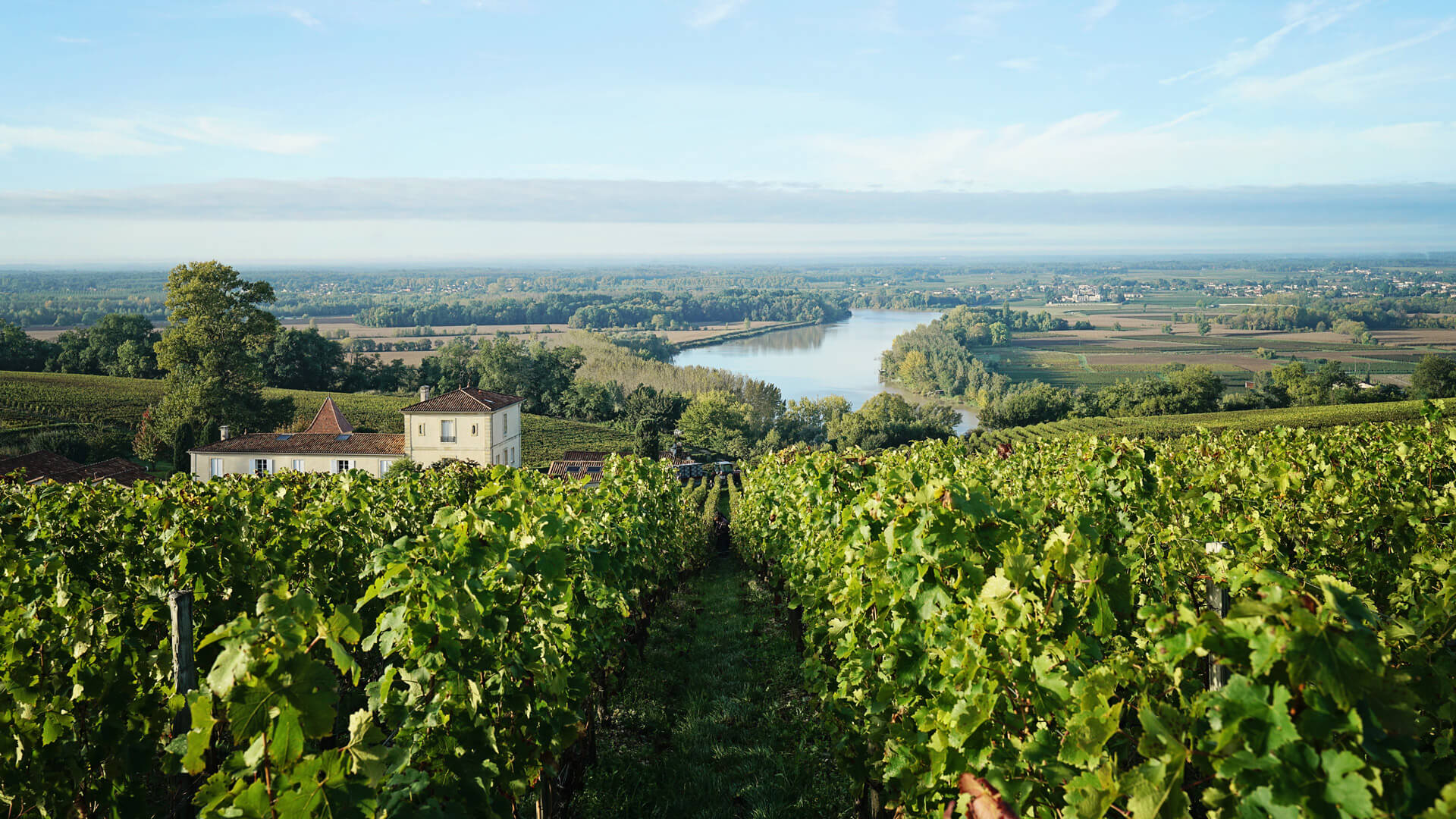Saint-Émilion Grand Cru Classé
The Saint-Émilion Grand Cru Classé classification is for Merlot and Cabernet Franc wine blends of high-quality. Currently 82 wineries have this distinction.
Saint-Émilion Grand Cru Classé is a dynamic classification established in 1955 that gets revised every 10 years. All the wines come from the Saint-Émilion Grand Cru appellation with Merlot and Cabernet Franc as major grapes. Expect these wines to deliver ripe plum and blackcurrant aromas, with fresh violet, leather, chocolate, smoke, and earthy undertones.
On the palate, the taste is layered and complex with relatively smooth tannin and structure (acids, fruit, balance) to last decades.
In 1955 there were 75 wineries, and today there are 82 wineries in Saint-Émilion Grand Cru Classé.
What is it?
This classification system was created by the French National Institute of Appellations (INAO) in 1955. The way the wines are classified is through a rigorous process of blind tasting, along with other criteria by which each winery is judged.
Within the classification there are two main tiers:
- Saint-Émilion Grands Crus Classés - 64 Wineries
- Saint-Émilion Premier Grands Crus Classés - 18 Wineries Within the Premier category there is a further breakdown of A and B:
- Premier Grands Crus Classés A - 4 Wineries
- Premier Grands Crus Classés B - 14 Wineries Important to Note: If you see just Saint-Émilion Grand Cru on the label, without the "Classé" word, that wine is not part of this classification system - a bit complicated isn't it!? These wines are also very good, but the wines within the classification system are considered to be top quality.
Controversy
The process of the evaluation has been a hot topic over the past few decades. A reclassification in 2006 caused distress and then in 2022, two top-tier, high profile wineries voluntarily left the classification system.
2006 11 wineries lost their classification status which caused a lawsuit, and eventual do-over of the classification that year.
2022 Two of the Premier Grand Cru Classé wineries, Château Ausone and Château Cheval Blanc, withdrew from the classification altogether, citing a "profound change in the philosophy of the classification." The effect of this on the classification overall is yet to be seen.
Why is it important?
It plays a direct role in how much the wines cost and also incentivizes producers in the Saint-Émilion Grand Cru AOC to continually produce the best wines that they possibly can in hopes of moving higher in the classification, or to maintain their status.
The higher the ranking the more expensive the wines tend to be. Also, it's a very strong indicator of the quality of the wine.
The main thing is if you see "Grand Cru Classé" on a label you know that's a really good wine, and if you see "Premier Grand Cru Classé" you know it's some of the highest quality red Bordeaux out there.
You should also expect to pay high prices, ranging from $40-$4000/bottle. Most of these wines are meant to age for at least 10 years before opening, but many of them benefit from 10+ years of cellaring.
How do I choose?
This comes down to how much you want to spend, along with how well a particular winery did in that vintage (prices vary a lot due to vintage variation).
Also, it depends a lot on your preferred style of wine. There are differences in flavor, tannin structure, grape blend, and quality that have a lot to do with the soils, but also how the wine is made each year, and how much oak is used.
Many people use wine ratings to help them choose wines, but it comes down to what you prefer.
Who does it apply to? 82 wineries in Saint-Émilion Grand Cru AOC
Famous Names Château Cheval Blanc, Château Ausone, Château Pavie, Château Angélus, Château Figeac, La Mondotte























